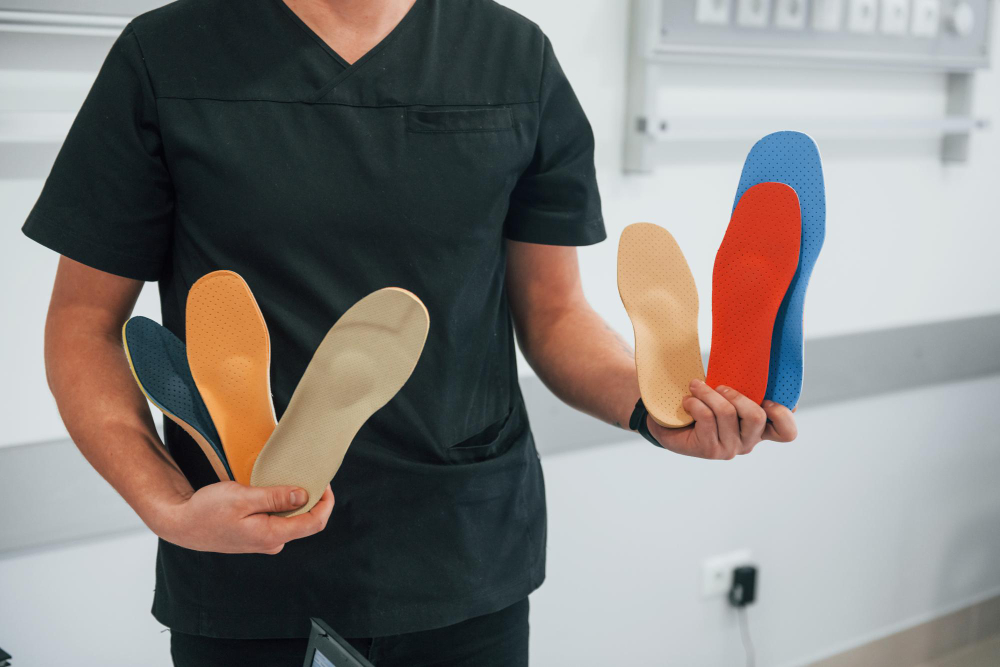Shin splints and foot orthotics
Shin splints, or medial tibial stress syndrome, refers to pain experienced along the shin bone, or tibia, between the knee and ankle. The involved muscles are the anterior tibialis and the posterior tibialis.
Risk Factors
The pain experienced in this common condition is the result of damage and inflammation of both the muscles and the tendons along the tibia. The injury is brought on by over-exertion, excessive impact on the muscle, or biomechanical irregularities. Risk factors for developing the condition include excessive pronation at the subtalar joint and excessively tight calf muscles.
Shin Splints and Overuse
Shin splints typically result from overuse of the muscles and tendons, and often occur in athletes and runners. Left untreated, shin splints can frequently become aggravated, swollen, and tender to the touch. An X-ray may be needed to rule out stress fractures. Both flat feet and overpronation can cause shin splints. Instabilities in the foot can cause the anterior and posterior muscles to partially tear from the tibia. Regular icing, the use of non-steroidal anti-inflammatory (NSAID) medication, rest, or a decrease in activity may reduce discomfort and swelling in acute cases of shin splints. However, recurrence of the condition is likely if the underlying cause of shin splints are not addressed.
Shin Splints and Biomechanical Imbalances
Custom-made foot orthotics are an effective treatment for the underlying foot instabilities that can lead to shin splints. A consultation with a certified orthotics provider will aim to correct gait abnormalities by realigning the biomechanical function of the foot.






